Orofacial Myofunctional Therapy
Orofacial myofunctional therapy is sometimes known as OMT, OM or MFT for short.
OM involves assessing the function & effectiveness of mouth, head and airway.
OMT aims to achieve optimal/correct:
silent sleep and waking easily
restorative sleep
tongue suctioned al the way to the palate even at the back
throat and inner nose muscle tone
mouth rest posture
straight teeth
swallowing patterns
chewing correctly
oxygen to the brain properly
nasal breathing even during exercise
facial muscle recruitment
wide jaw growth, room for all teeth
restorative sleep
tongue range of motion, control and strength
straight teeth, tongue can clean all surfaces
calm digestion
emotional regulation
orthodontic retention (braces, palate expander, invisalign)
manage allergies
sinus headache relief
parasympathetic tone of autonomic nervous system (ANS)
We may match physical therapy exercises designed to improve breathing, dental orthodontic bite, and the positioning of the mouth, face, throat and breathing muscles.
Copious research has found that myofunctional therapy can also be an effective treatment for snoring, slurring, sleep-disordered breathing and sleep disruption.
Did you know that after braces, dental crowding comes back up to 75% of the time! If you dont fix the root cause and get
tongue up
lips closed
breathing through the nose
then the open mouth/cheeks collapse the maxilla top jaw again, the lower jaw slips and back to square one!
What is Myofunctional Therapy?
Orofacial myofunctional therapy involves physical therapy exercises designed to improve breathing, bite, and the positioning of the mouth, face, throat and breathing muscles.
“I would go as far as saying that restoring correct resting tongue position and nasal breathing in your child is THE most impactful thing you could do for their future health.”
- Dr Soroush Zaghi
ENT Specialist (Ear Nose Throat), Maxillofacial surgeon & Sleep Medicine Physician
Harvard Uni, Stanford uni & UCLA trained
The aim of Orofacial Myofunctional Therapy is to support and improve the following:
Jaw and face shape development
Digestion and microbiome, happy gut buddies
Maximising oxygen to the brain
Reduce cancer disease risk, nitric oxide reduces inflammation
Straight posture
Symmetrical whole body
Sleep efficiency
Chewing function
Sinuses clear
Regulate emotion
Swallow correctly
Eat all foods and drink easily
Blood pressure regulation
Teeth spaced evenly
Ears draining, eustachian tubes clear
It is a program used to correct the function of muscles and pattern brain wiring. It may involve strengthening, by teaching how to reposition muscles or using tongue games. These can be taught during a video call, in face-to-face sessions or at home, as required.
A course of OMT with me involves setting a measurable, specific goal. I’ll help you create a plan that spans over the course of a few weeks and then involves re-testing. You practice daily and progress weekly to retrain your brain-muscle habits. We also always address the root cause of your OMT problems to ensure you don’t relapse.
OMT problems can be due to:
Tonsil/adenoid enlargement
Thumb-sucking, shirt-chewing, or hair-pulling habits
Neck and shoulder tension
Long narrow face
Dry lips, thin upper lip, beak lip
Dry throat in morning
Set back chin
Misaligned teeth or jaws
TMJ jaw pain
Compensations
Humpback or forward head posture
Crowded teeth
Misalignment of posture, jaw, muscles,
Allergies, inflammation, or a stuffy nose
Structure, accidents or circumstantial factors
Tongue sucking or a lisp
Post-nasal drip and throat clearing
Hoarse voice
Snoring
Drooling, saliva control, asleep or awake
Wakeful or restless sleep
Restless leg syndrome
Nutritional deficiencies
Tongue, lip, cheek ties
We all know the tongue plays a fundamental role in several functions including swallowing, breathing, speaking and chewing. However, not everyone will know it also plays a vital role in balancing the nervous system and can improve balance, stability and strength via the trigeminal & vagal nerve connections.
Optimal Tongue Function = Calm Brain and Healthy Gut
-
A tongue tie, professionally known as lingual Ankyloglossia, is a condition in which the frenulum (the string of tissue under the tongue) is too tight or too short, restricting tongue elevation. It is a simple glitch when the surface layer doesn’t dissolve in utero fully. It is sometimes accompanied by lip/cheek ties (labial/buccal)
A tongue tie can cause a range of issues, such as problems breastfeeding or bottle feeding as a baby, head tilt, problems breathing as a child, or in adults problems with neck pain, posture, snoring, sleep, speech even as an adult. It can also cause issues for those nursing a baby, such as sore or damaged nipples, and ineffective milk removal increasing maternal cancer risk.
Infants with oral restrictions do NOT always need surgery. This is what I am an expert at assessing holistically. Tongue tie treatment may include a tongue tie release to remove the tongue tie, also known as a frenectomy (or in USA, frenotomy, frenulectomy).
Optimal timing of the release is everything to optimise improvements. If the baby has other niggles we haven’t sorted yet, release may make things worse with poor timing, based on whole body assessment and the precise cognitive developmental stage.
If a tongue tie release is not necessary, there are several treatments and practices that can help with nursing or infant feeding.
If a tongue tie release is required, proper preparation is essential. Different surgeons match different types of ties, which I tailor exactly to you. Every tie is different. I have the luxury to compare what works and what doesn’t, by seeing clients from all over Australia and the world, in long appointments, with diligent long-term follow-up over weeks, months and years post-surgery. I match the best-suited provider for frenectomy if required. The assessment process is incredibly complex – it is much more than just a photo.
-
I offer families support with:
● Assessing the function of lip ties upper and lower (superior/inferior labial), cheek ties upper and lower (superior/inferior buccal)
● Optimal timing of tongue tie releases
● Oral prehabilitation and rehabilitation, which are crucial components of tongue and lip tie releases
● Neuro-muscular reprogramming is required to achieve lasting change
As part of my work with you, I assess, support and educate when it comes to the following:
● Tongue range of motion
● Blanching, shortness, and tightness are different in every case
● 3D space in the face
● Jaw ratio
● Fascia and muscle relationships
● Interaction of swallow-breathe coordination
● Sleep breathing
● Swallowing assessment
● Compensating muscle involvement
● Co-treatment required to prevent tie reattachment
● Causes of a narrowed airway
● Prior health history
-
Tongue ties can affect adults, causing poor oral health, head and neck tension, headaches, migraines, sleep apnea, other sleep difficulties such as teeth grinding, and even feeling fatigued. Tongue-tied adults may also have issues with eating or speech difficulties.
-
Toddlers, children and adults could benefit from OMT therapy if they have encountered any of the following issues, either recently or in the past:
Tongue tie/oral restrictions, tube feeding, troubles breastfeeding, dummy use, nipple shields needed to breastfeed, clicking while feeding, reflux, ear infections, milk leaking out the nose, can't keep a dummy in, high or narrow palate, small jaw or a recessed jaw, micrognathia, Pierre Robin Syndrome, birth injuries, asthma, crowded teeth, choking on food, gagging on food or fluids, texture preference, avoids foods/textures, coughing while eating or drinking, coughing when swallowing down ‘the wrong way’.
-
I offer a range of solutions and therapeutic techniques and solutions based on OMT, including ear, nose and throat concerns, tongue tie rehab, and swallowing/feeding therapy for:
● Tongue thrust
● Lisp
● Stammering speech impediment
● Recurrent upper respiratory tract infections
● Swallow dysfunction
● Blocked ears, ear infections
● Mouth breathing
● Open mouth posture
● Snoring
● Dribbling, drooling
● Messy eating
● Crowded teeth
● Overbite, over jet, dental malocclusion, cross bite
● Teeth grinding
● Differences starting solids/with some textures






